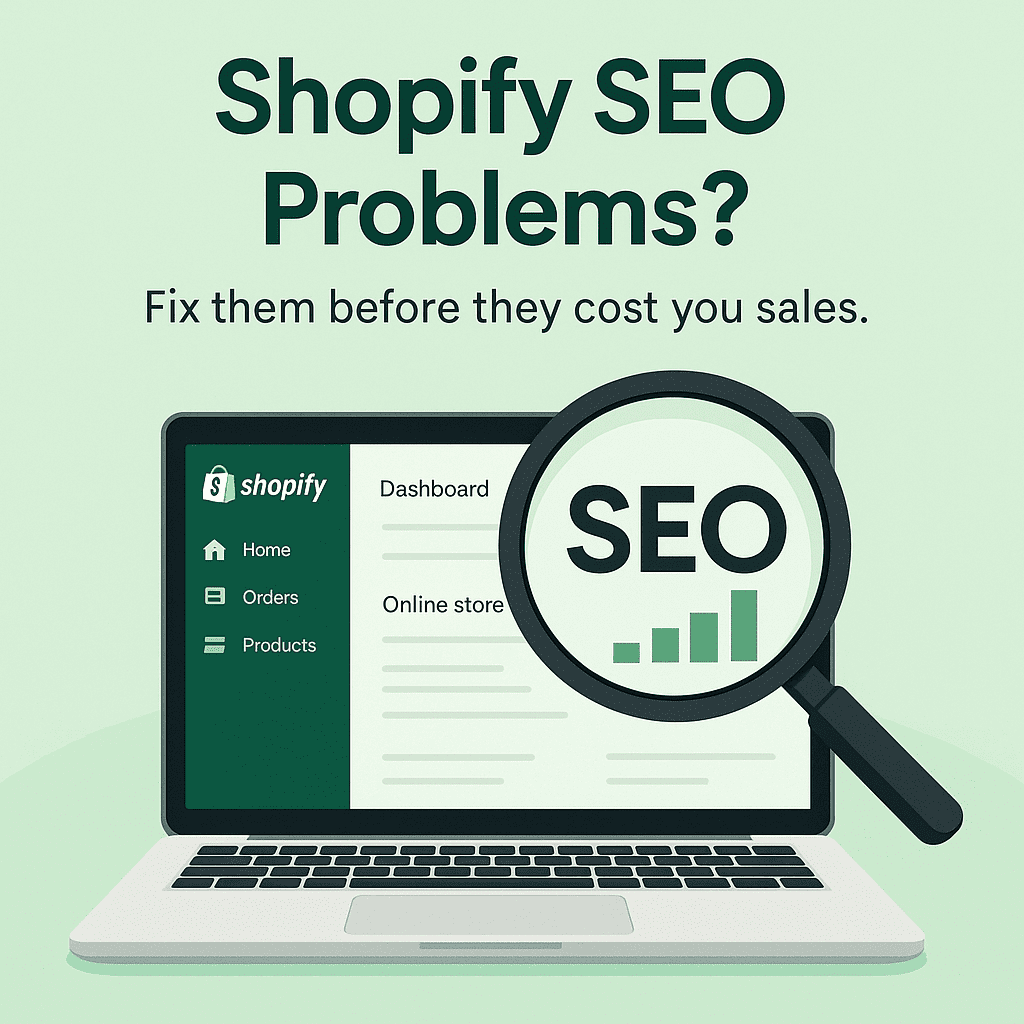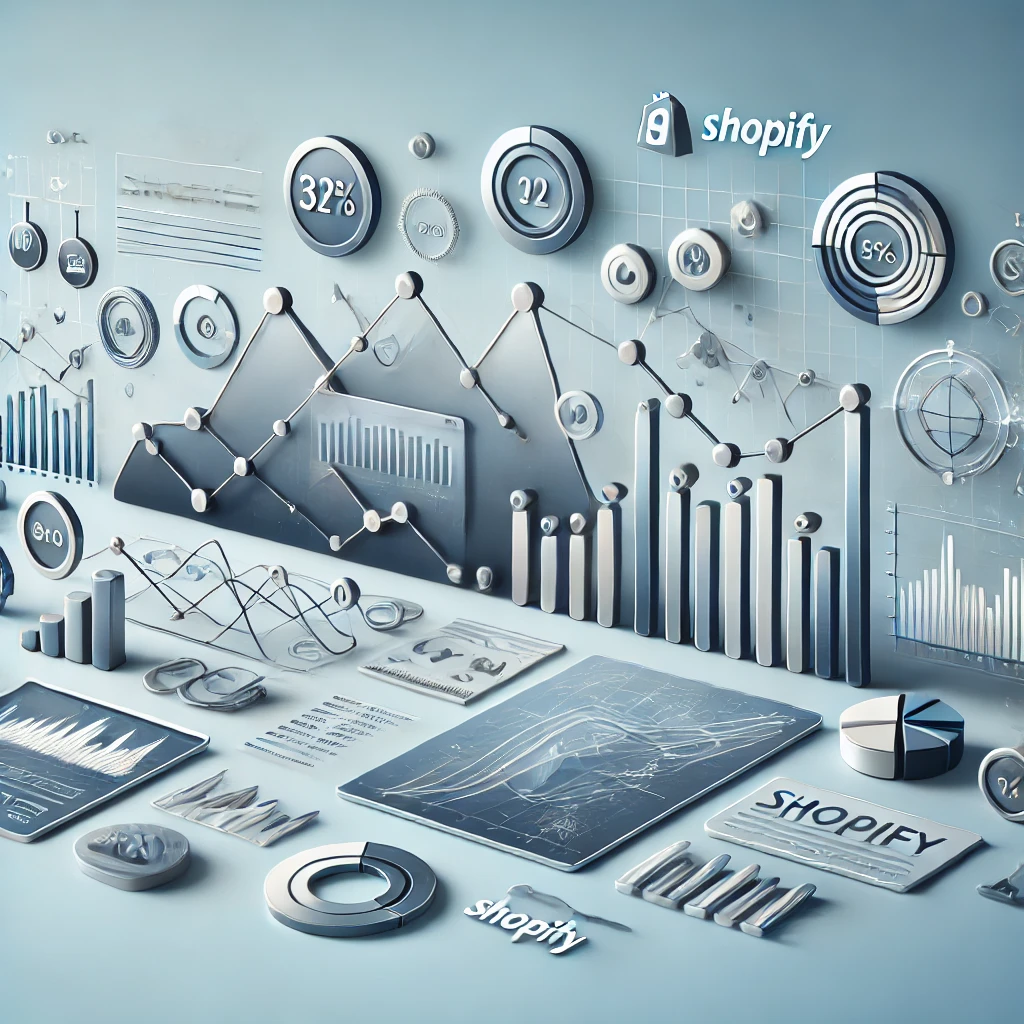Augmented Reality & 3D Visuals to Reduce Returns in Shopify Stores

The eCommerce Dilemma: High Return Rates
Return rates in eCommerce, particularly in apparel and home decor, are soaring. According to the National Retail Federation, online return rates reached 16.5% in 2023, accounting for over $212 billion in returned merchandise. That’s a staggering cost not just in lost revenue, but also in logistics, labor, and customer satisfaction.
Why so many returns?
-
Size or fit issues
-
Products not matching descriptions
-
Color or quality dissatisfaction
-
Wrong expectations due to lack of tactile experience
This is where Augmented Reality (AR) and 3D product visualization enter the scene as game-changers. They bridge the gap between virtual and physical shopping, helping customers make more confident decisions — ultimately reducing return rates.
What is Augmented Reality & 3D Visualization?
-
Augmented Reality (AR): Technology that overlays digital elements (like furniture or apparel) in the real-world environment using a smartphone or device camera.
-
3D Visualization: Interactive, rotatable product models that allow users to inspect an item from all angles, often integrated directly on product pages.
Together, they enable:
-
Better product comprehension
-
Enhanced engagement
-
Visual confirmation before purchase
Why AR & 3D Visuals Reduce Returns: The Psychology
Visual cognition plays a critical role in purchasing decisions. When buyers “see” a product in their environment or inspect it closely, they feel ownership and trust in their choice.
Key psychological drivers:
-
Visual clarity reduces anxiety
-
Interactivity increases time on site
-
Spatial visualization aligns expectations with reality
-
Confidence in decision-making grows — reducing impulsive or speculative purchases
Real Data & Case Studies
Case Study: Shopify + IKEA Place App (Furniture)
Problem: High returns due to color and size mismatch
Solution: AR app allowing users to place furniture virtually in their homes
Result:
-
35% decrease in return rates
-
11% increase in average order value
-
62% longer on-site engagement
Case Study: Obsses x Shopify AR for Fashion Stores
Brand: Obsses partnered with Shopify to offer virtual try-ons and AR dressing rooms.
Result:
-
40% improvement in customer satisfaction
-
22% decrease in return rates
-
3x higher conversion rate for users who engaged with AR
Actionable Tips for Shopify Store Owners
Here are step-by-step recommendations to implement AR and 3D visuals to reduce returns on your Shopify store:
1. Enable Shopify AR Integration
Shopify supports AR through USDZ (iOS) and GLB (Android) formats.
Steps:
-
Create 3D models of products (start with bestsellers)
-
Upload via the Shopify admin > media section
-
Use the Shopify AR documentation for format and display instructions
Tip: Use apps like [VNTANA, Threekit, or CameraIQ] to create and manage 3D/AR assets.
2. Start with High-Return Categories
Target products with historically high return rates:
-
Apparel (size, fit)
-
Furniture (space, color)
-
Footwear
-
Home decor
-
Eyewear
This focused rollout ensures maximum ROI from AR implementation.
3. Create Interactive Product Pages
Optimize with:
-
360° rotatable 3D models
-
AR buttons like “View in Your Room” or “Try it On”
-
User instructions to improve engagement
-
Comparison sliders (e.g., real vs AR look)
Pro Tip: Position AR/3D visuals near CTAs (e.g., “Add to Cart”) to maximize interaction.
4. Track Engagement and Returns
Use Shopify Analytics and tools like Hotjar or Lucky Orange to monitor:
-
Click-through on AR features
-
Session durations
-
Return rates for AR-enabled products vs. regular ones
Set KPIs like:
-
% of users engaging with 3D/AR
-
Conversion uplift
-
Return delta (pre vs. post-AR)
5. Promote AR in Marketing Campaigns
-
Email: “See it before you buy” or “Try in your space now”
-
PPC: Highlight interactive visuals in ad creatives
-
Social media: Showcase user-generated AR videos/stories
Bonus: Run influencer campaigns with AR filters to promote try-before-you-buy content.
Generative Engine Optimization (GEO): The SEO Edge of AR
AR & 3D visuals also contribute to GEO, which is evolving beyond text and into interactive content.
GEO Benefits:
-
Higher dwell time (Google loves this)
-
Lower bounce rates
-
Enhanced E-E-A-T (Experience, Expertise, Authoritativeness, Trust)
-
Improved click-through rates on SERPs via rich product snippets
Optimize with:
-
Alt text for 3D media
-
Structured product data
-
Schema markup for rich results
-
Video previews of AR experiences
AR Apps & Tools for Shopify
Here are some reliable tools to kickstart AR/3D implementation:
| Tool | Best For | Features |
|---|---|---|
| Threekit | Enterprise 3D & AR | Product configurator, Shopify plugin |
| VNTANA | Easy 3D model management | GLB/USDZ creation, AR hosting |
| SeekXR | Shopify integration | 3D viewer, web-native AR |
| CameraIQ | Marketing-focused AR | Social media AR campaigns |
| Shopify AR SDK | Developer-level control | Custom AR experiences |
📋 Summary Checklist: Reducing Returns with AR/3D
✅ Integrate Shopify-native AR or apps
✅ Start with top-return categories
✅ Add clear CTAs & instructions
✅ Monitor analytics for ROI
✅ Optimize content for SEO & GEO
✅ Promote via PPC, social & influencers
Final Thoughts: The Future is Visual
As consumer expectations evolve, static product pages no longer cut it. AR and 3D visuals aren’t just a "nice to have"—they’re a strategic investment in reducing returns, improving conversions, and elevating customer experience.
According to Shopify, products with 3D content have a 94% higher conversion rate than those without it.
Your competition is already stepping into immersive commerce. Are you ready to reduce your returns and increase trust with your customers?




